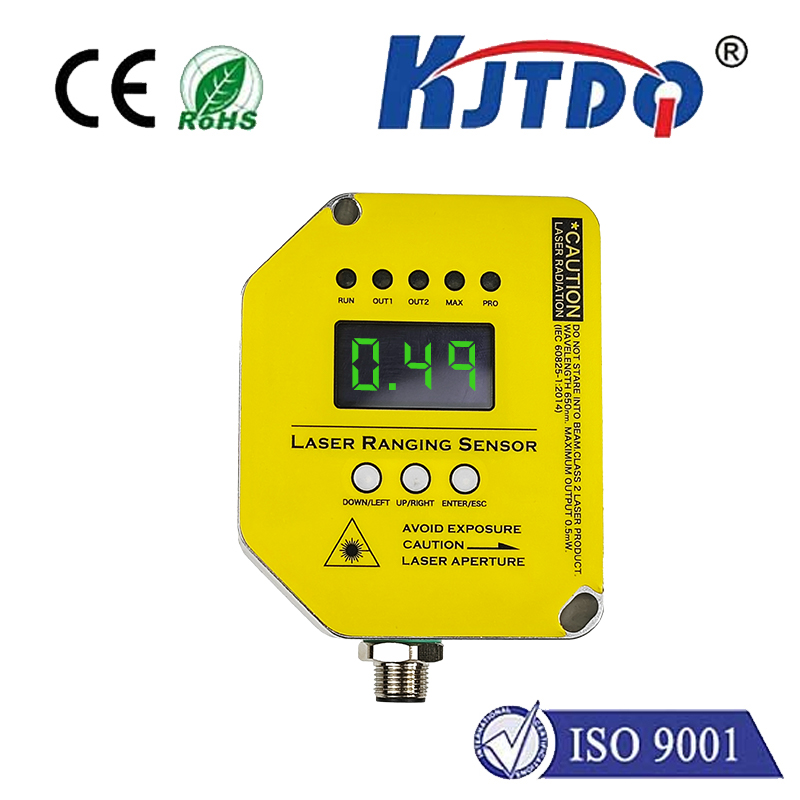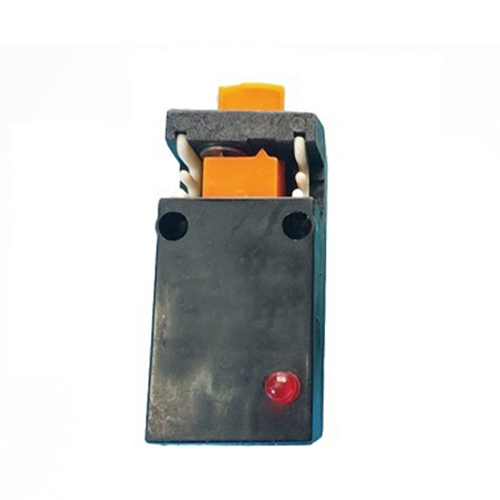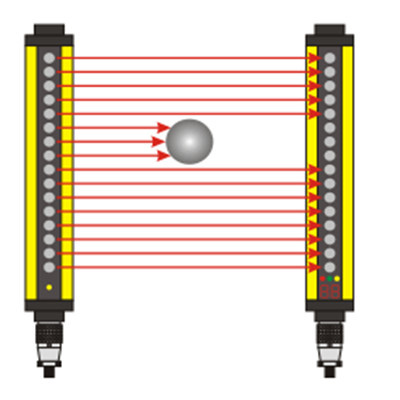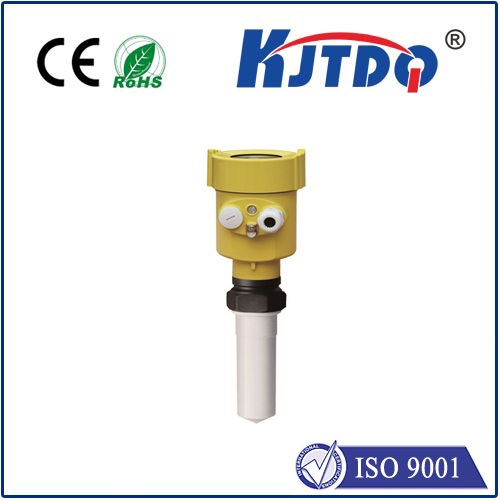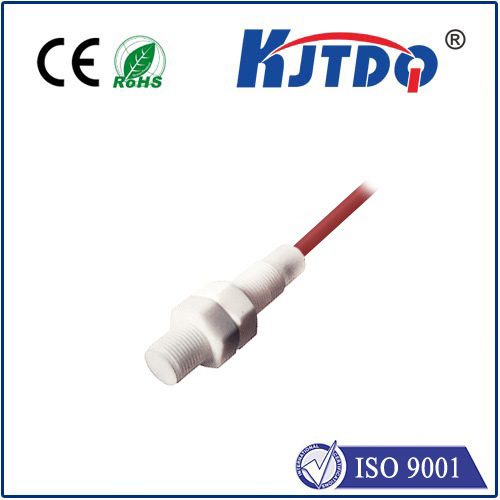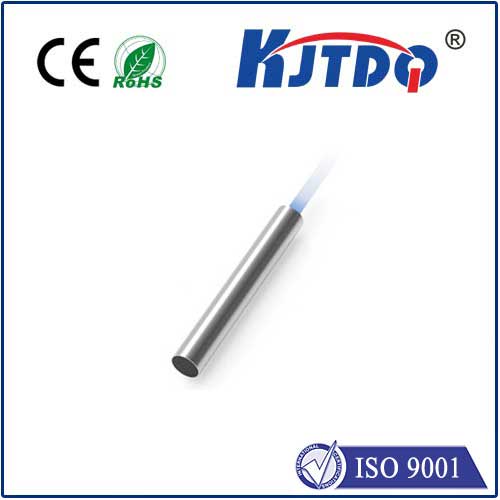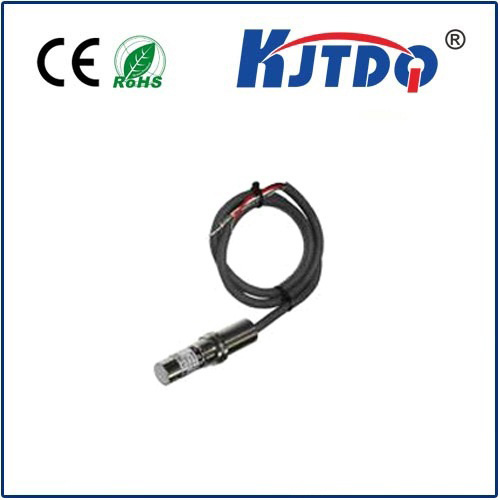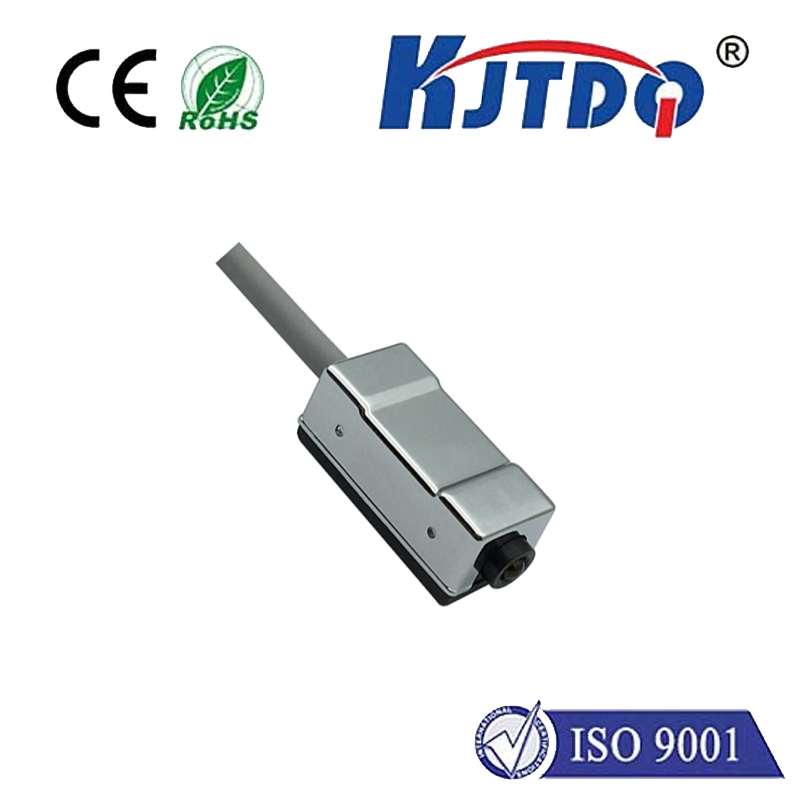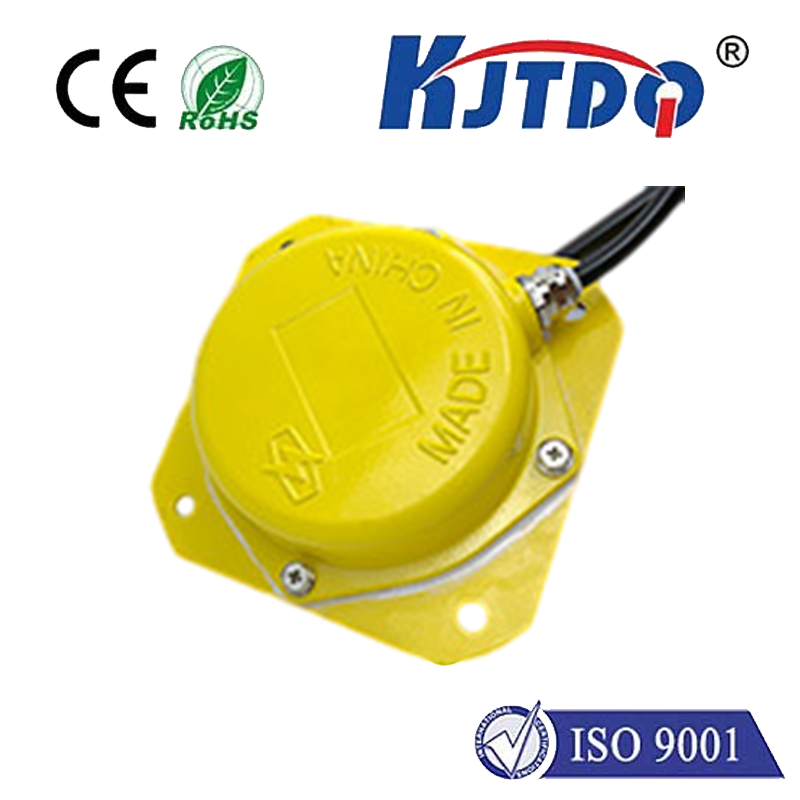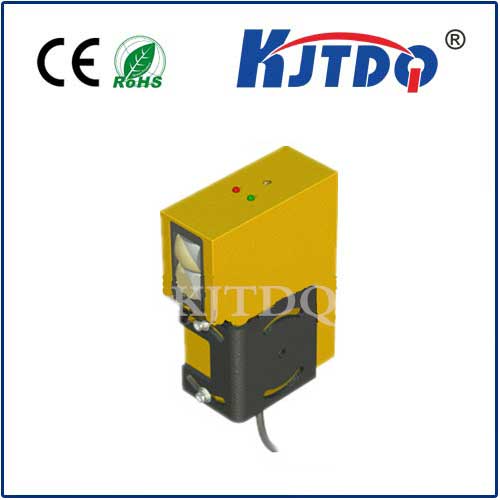PK5722 pressure sensor
- time:2025-09-23 00:24:03
- Click:0
PK5722 Pressure Sensor: Engineered for Reliable Performance in Demanding Environments
Imagine a critical hydraulic system powering heavy machinery deep within a mine, or a complex industrial process where precise pressure control dictates product quality and safety. In these unforgiving settings, sensor failure isn’t an option. It leads to costly downtime, potential safety hazards, and compromised operations. This is precisely where components like the PK5722 pressure sensor step into the spotlight. Designed for resilience and accuracy, this industrial-grade transducer is built to thrive where others falter.
Understanding the PK5722: More Than Just a Part Number
The designation “PK5722” identifies a specific pressure sensor model, likely characterized by its robust construction, distinct electrical output, and performance specifications tailored for challenging applications. While exact specifications can vary slightly between manufacturers, the PK5722 typically signifies a device engineered for industrial use, moving beyond simple sensing to provide stable, repeatable data under demanding conditions. Think of it as a workhorse transducer focused on delivering critical pressure information reliably, day in and day out.
Core Strengths: What Makes the PK5722 Stand Out?

Several key features define the PK5722 pressure sensor and contribute to its reputation in industrial settings:
- Robust and Rugged Construction: This is paramount. The PK5722 is often housed in a stainless steel body (commonly 17-4PH or 316L), offering exceptional resistance to corrosion, vibration, and mechanical shock. This inherent toughness allows it to withstand the rigors of factory floors, mobile equipment, and harsh outdoor environments where less robust sensors would quickly degrade.
- High Accuracy and Stability: Precision matters. The PK5722 typically incorporates advanced sensing elements (like high-quality piezoresistive silicon or ceramic cells) coupled with sophisticated signal conditioning electronics. This combination delivers high-accuracy pressure measurement (often within fractions of a percent of full scale) and excellent long-term stability, minimizing drift over time and temperature fluctuations. Reliable data is the foundation of effective process control.
- Wide Operating Temperature Range: Industrial environments aren’t climate-controlled. The PK5722 is designed to maintain its performance across a broad operating temperature range, often spanning from -40°C to +125°C or beyond. This thermal resilience ensures consistent readings whether operating in freezing cold or near scorching heat.
- Environmental Protection: Exposure to dust, moisture, and various media is inevitable. A standard PK5722 pressure sensor typically boasts a high Ingress Protection (IP) rating, such as IP67 or higher. This signifies effective sealing against dust ingress and the ability to withstand temporary immersion in water, protecting sensitive internal electronics.
- Integrated Signal Conditioning & Outputs: Simplicity is key for integration. The PK5722 usually features on-board signal conditioning circuitry. This means raw sensor signals are amplified, temperature-compensated, and converted into robust, industry-standard outputs right at the sensor head. The most common output for a PK5722 is a ratiometric 4-20mA current loop, prized for its noise immunity over long cable runs and inherent fault detection capability (0mA = no signal/fault). Some variants may offer voltage outputs (e.g., 0.5-4.5V, 0-10V) or digital protocols like I2C or CAN.
- Media Compatibility: The pressure port and wetted materials are carefully selected for compatibility with a wide range of industrial media – hydraulic oils, fuels, compressed air, water, and many coolants. This versatility is crucial for diverse applications.
Engineering for Reliability: Behind the Scenes
The reliability of a PK5722 isn’t accidental; it’s engineered in. Key aspects include:
- Advanced Thermal Compensation: Sophisticated algorithms or circuit designs compensate for temperature-induced errors, ensuring accuracy isn’t sacrificed as ambient conditions change.
- Overpressure and Burst Protection: Designs often incorporate safety margins significantly above the rated pressure to handle unexpected spikes and prevent catastrophic failure.
- Robust Electrical Connections: Hermetically sealed connectors or high-quality cable glands prevent moisture ingress and ensure secure electrical connections, vital for the 4-20mA output integrity.
Where the PK5722 Pressure Sensor Excels: Key Applications
The combination of durability, accuracy, and standard outputs makes the PK5722 industrial pressure sensor a go-to choice across numerous demanding sectors:
- Industrial Hydraulics & Pneumatics: Monitoring pump pressures, cylinder forces, system pressure control, and leak detection in machinery. Its vibration resistance and stainless steel body are critical here.
- Heavy Machinery & Mobile Equipment: Engine oil pressure monitoring, hydraulic system control in excavators, loaders, and agricultural machinery. Robustness is non-negotiable.
- Process Control & Automation: Regulating pressures in chemical processing, water/wastewater treatment, food & beverage production, and HVAC systems. Stability and accuracy are paramount.
- Test & Measurement Rigs: Providing precise pressure feedback in benchtop or portable test equipment for quality control and R&D.
- Energy Sector: Monitoring pressures in pipelines, compressors, and various power generation equipment.
Implementing the PK5722: Key Considerations
When integrating a PK5722 pressure transducer, consider:
- Pressure Range: Select the model whose range comfortably encompasses your expected operating pressures, including potential spikes.
- Media Compatibility: Confirm the wetted materials are suitable for your specific fluid or gas. Incompatibility leads to rapid sensor failure.
- Electrical Requirements: Ensure your system can provide the correct supply voltage (commonly 12-30V DC for 4-20mA models) and interpret the chosen output signal (4-20mA, voltage, etc.). Verify signal noise immunity needs, especially for long cable runs.
- Mechanical Fit: Confirm the pressure port type (e.g., G1/4”, 1⁄4” NPT, M12x1.5) and mounting configuration aligns with your installation.
- Environmental Conditions: Ensure the sensor’s specified temperature range and IP rating meet or exceed your application’s demands.
Conclusion: The Value of Proven Industrial Sensing
In an industrial landscape where reliability translates directly to uptime, safety, and profitability, the PK5722 pressure sensor represents a smart engineering choice. It embodies a balance between ruggedness, precision, and practicality. By delivering consistent, accurate pressure data in environments that would cripple less capable sensors, the PK5722 proves itself as more than just a component; it’s a dependable partner in maintaining the smooth, efficient, and safe operation of critical systems worldwide. Investing in a proven rugged transducer like the PK5722 is an investment in operational resilience.






